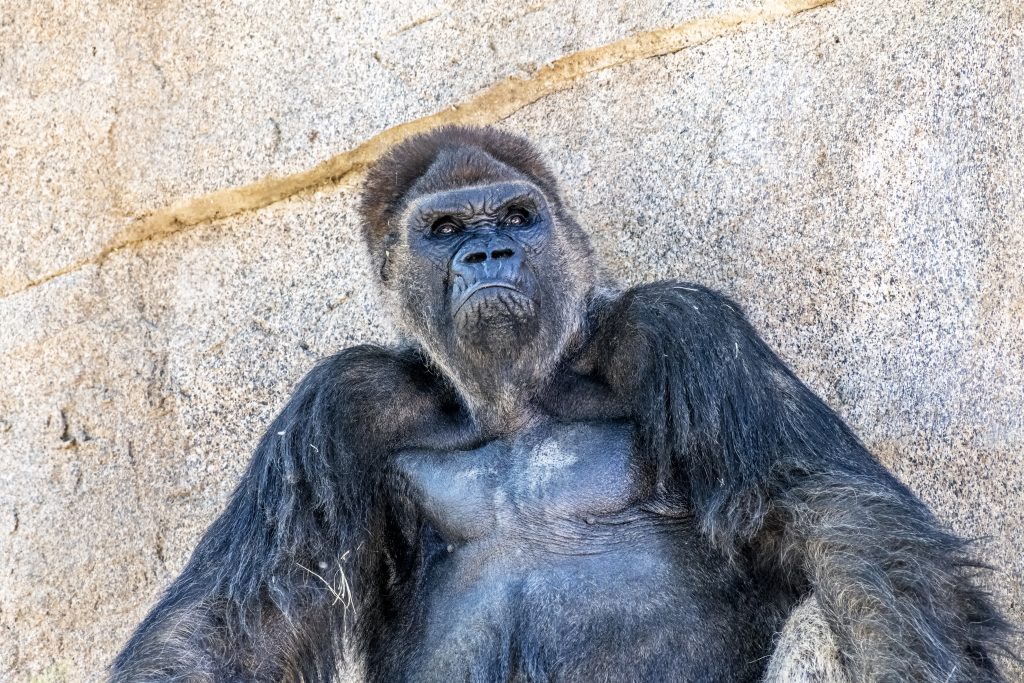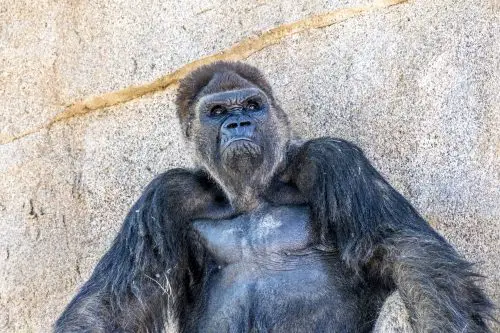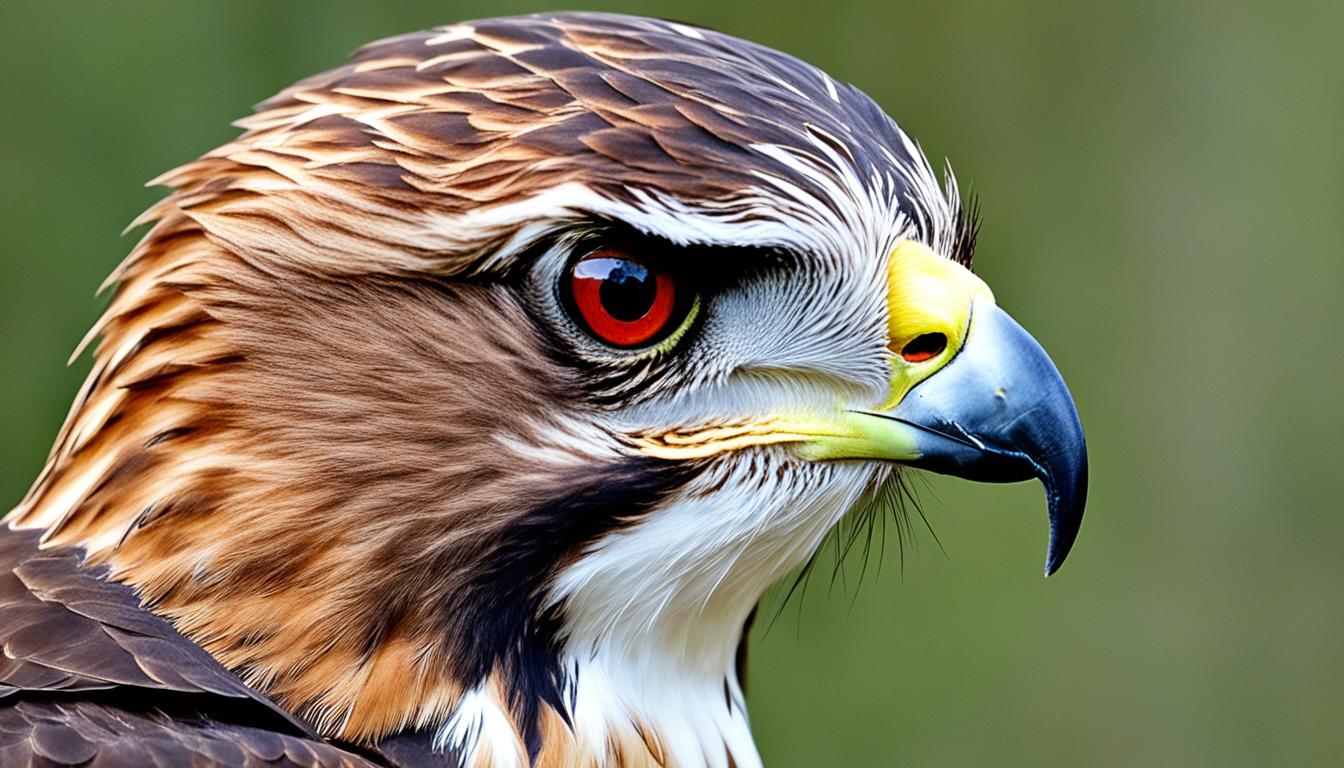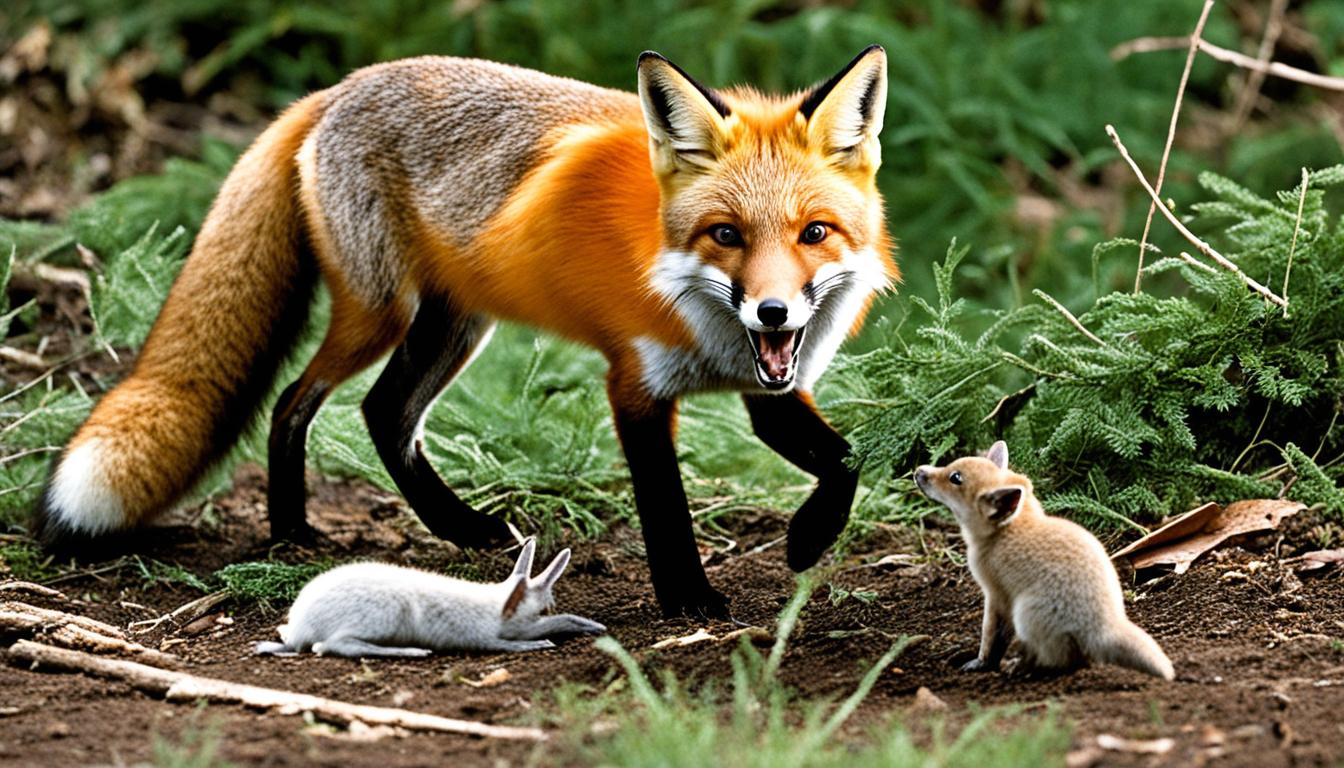Since his debut in 1933, the mythical gigantic ape King Kong has introduced audiences all around the world to a really real gorilla behavior: chest-beating. However, while researchers have speculated about the significance of the percussion display, concrete evidence for why male gorillas occasionally beat their chests has been scarce. Edward Wright, a primatologist in Germany, adds, “It is an incredibly amazing exhibition.” “It can be a little scary. You don’t want to obstruct anything.”
While the vigorous chest beat of a male mountain gorilla may appear to communicate hostility, recent research by Wright suggests that the activity may avoid conflict between the large creatures, who may weigh up to 500 pounds.
Mountain gorillas live in close-knit family groups headed by grizzly males, whose dominance is regularly opposed by other males. The silverbacks are telling would-be challengers that they should think twice before raising a fuss by announcing their size, mating status, and fighting ability through sounds that can travel long distances through dense rainforests.

The findings revealed that the largest mountain gorillas emitted lower-frequency sounds than smaller gorillas, probably due to the larger airways near their neck. This suggests that chest-beating isn’t just a show of strength, but an “honest signal of competitive skill,” similar to an alligator’s rumble or a bison’s cry, according to the study.
Although prior research has related gorilla body size to dominance and reproductive potential, the study claims that the hypothesis that chest-beating also sends part of that information is dubious.
Can Gorillas Fly?
Can gorillas fly? Well, that’s a wild idea! While nature surprises us with its variations, gorillas are not equipped for flight. Unlike birds, gorillas lack the necessary adaptations, which are the very reasons why ostrich can’t fly. Their heavy bodies and large muscles make them adept at climbing trees, but soaring through the sky is not an option for these magnificent creatures.
Is This A Calling Card of Gorillas?
Even though we see chest-beating in movies as well as other forms of modern culture, there’s still a lot we don’t understand about it. To begin with, gorillas do not pound their chests with balled-up fists. They cup their hands instead, amplifying the sounds. They also shift from a lying to a standing position, maybe to ensure that the thumps can be heard from more than a half-mile distance.
When females under their care enter estrus, the moment when they’re almost ready to mate, silverbacks hit their chests the most. But it’s not like men spend their days banging on drums, as they are sometimes shown in movies. Wright discovered that every male beats his chest only 1.7 times every 10 hours. Lesser male gorillas, or subordinates, as well as infant male gorillas, engage in chest-beating behavior when playing.
According to Wright, there doesn’t appear to be a link between a male’s size or dominance and also how many times or how long he strikes his chest. However, he claims that a series of chest beats might be used to broadcast an animal’s identity, or “individual signature,” to other animals.
Not very Gentle Giants:
Despite their massive bulk and long canine fangs, gorillas only fight each other on rare occasions. This, according to Wright, is due in part to the fact that chest-beating allows guys to assess each other without getting physical.
Even if you have a good chance of winning a battle, there is still a large danger factor,” he explains. “These are enormous, powerful animals capable of causing significant harm.” The sound of a silverback’s chest beat may deter smaller males from approaching. A silverback may also hear the beats of a small male near and decide that he is too little to bother with.
Female gorillas have plenty of incentive to listen in on the demonstrations too because chest-beat peak frequency correlates with body size, which is associated with leadership and reproduction rate. Females may be drawn to a nearby group by particularly remarkable chest-beating, however, this has still not been studied. It’ll be fascinating to see how detecting chest beats in their environs affect their actions and decision-making about which sections of their home range to use,” she says.
So, these are the reasons why male Gorillas beat their chest. One of the main reasons is that they beat their chest when another mate is standing in front of them and make a challenge for his leadership.










